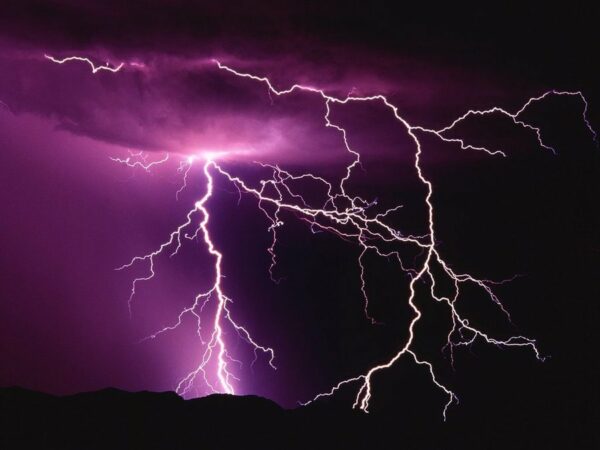If you’re new to Colorado, you may not realize that springtime is when we see some of the wildest weather in Colorado. Approximately April through June is prime time for hailstorms, lightning, flash floods, tornadoes, and late, wet snowstorms. The State of Colorado has numerous websites and resources that can help you prepare for potential spring hazards:
- The Colorado Division of Insurance website Are You Disaster Ready? provides helpful tips on creating an emergency kit, preparing a home inventory, filing an insurance claim, and repairing damage to your home.
- Hailstorms are becoming more common and more severe in our state. The Division of Insurance also offers After a Hail Storm, a webpage with useful information and FAQs on homeowners’ and auto insurance coverage for hail damage.
- The Department of Public Safety’s READYColorado website provides preparedness information for many of the hazards we see in springtime, including videos and tips on what to do before, during, and after a severe storm, flood, tornado, or other hazard.
- Home and auto repair scams are common following severe weather events such as floods and hailstorms. Learn more about how to protect yourself by visiting the Colorado Attorney General’s Disaster Fraud page.
- The Colorado Climate Center at Colorado State University is a great place to find weather information for Colorado, ranging from basic facts about the state’s climate to detailed data available for download. Their Severe Weather Reports page provides interactive maps and graphs illustrating severe weather patterns.
- The Colorado Flood Threat Bulletin is updated daily from May 1 to September 30. Provided by the Colorado Water Conservation Board, the bulletin “is issued daily before 11:00 am and is used to identify areas of the state that are at risk of flooding. Updates can be issued as needed by weather situation.” The CWCB also compiles an annual report that evaluates the bulletin’s forecasts for the previous year.
- Finally, search the State Publications Library’s catalog for technical reports, studies, and other publications about Colorado’s weather and climate.

Latest posts by Amy Zimmer (see all)
- How to Spot the Differences Between Eagles and Hawks - August 16, 2021
- How Transportation Projects Help Tell the Story of Colorado’s Past - August 9, 2021
- Time Machine Tuesday: The Night the Castlewood Canyon Dam Gave Way - August 3, 2021